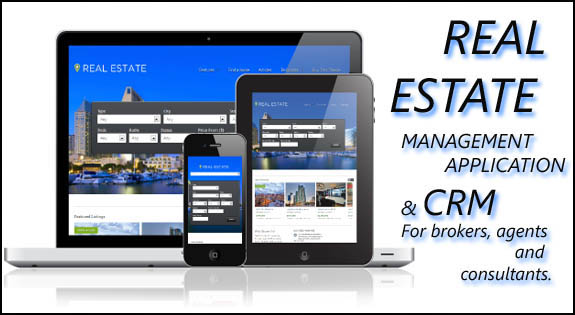

- #REAL ESTATE MANAGEMENT SOFTWARE UPDATE#
- #REAL ESTATE MANAGEMENT SOFTWARE MANUAL#
- #REAL ESTATE MANAGEMENT SOFTWARE SOFTWARE#
Financial Reports: The software offers several financial reports that allow users to track income from rental payments, account for expenses related to the property, generate invoices and summary reports of all transactions.
#REAL ESTATE MANAGEMENT SOFTWARE UPDATE#
Tenant Database: Real estate property management software provides an easy-to-use tenant database, allowing users to store and update information regarding tenants, including contact information, payment histories, and other pertinent records.Ultimately there are many different pieces of real estate property management software out there but all should provide basic functions like the ones mentioned above so you can choose one based on your individual needs - whether that's helping you manage large portfolios more efficiently or giving yourself peace of mind knowing your finances are in order with secure automated payments coming in every month without fail! Features of Real Estate Property Management Software Some companies may require additional features such as inventory tracking or tenant portals where they can submit service requests online while others prefer web-based systems that allow access from anywhere in the world at any time so long as you have internet access.

Other features may include integrated accounting modules with links between quick books or other programs such as Yardi Genesis 2 which offers accounting capabilities along with additional functionality such as compliance monitoring tools allowing rental companies to easily monitor local regulations while they run their business operations more smoothly through automation.

In addition to increasing productivity by cutting down on paperwork and other laborious tasks associated with managing properties effectively, some advanced real estate property management systems offer features like electronic fund transfers for direct deposit into owner accounts when rent is collected from tenants each month. Property managers often use software packages that enable them to manage their own daily activities more efficiently-from maintaining details about their clients’ properties (including vacancies), collecting rent payments from tenants electronically via bank transfers or e-checks recording deposits creating detailed financial reports automating the process of preparing legal documents like leases tracking capital improvements handling tenant complaints and organizing marketing campaigns for vacant units. Some systems are also capable of offering tenant screening services such as background checks and credit reports in addition to automated payment processing. This includes data on leases, tenants, expenses, income statements, taxes owed or paid by landlords/tenants etc. The software can also be used to create reports quickly and easily.Īt its most basic level, property management software provides a user-friendly way of keeping track of all relevant information about rental properties in a centralized system. This software makes it easy to streamline tasks related to both tenant management (such as tracking payments due) and landlord management (such as setting up maintenance schedules). Property owners no longer need to manually input data into spreadsheets or handwrite leases.
#REAL ESTATE MANAGEMENT SOFTWARE MANUAL#
The primary benefit of using property management software is that it eliminates much of the manual work associated with running rental units. It can make managing properties easier, increase efficiency, and help reduce costs. Real estate property management software is an important tool for any real estate company, providing a way to find the best tenants, automate rent collection and leasing paperwork, and keep track of finances. Real Estate Property Management Software Guide


 0 kommentar(er)
0 kommentar(er)
